Compare Municipalities across canada
This dashboard allows users to examine the latest data for four indicators of the Quality of Life Framework for Canada: housing needs, poverty, postsecondary attainment, and knowledge of official languages. Data are visualized at the census subdivision level. Visualizations may not appear for census subdivisions where data are unavailable due to data quality and confidentiality concerns.
The data in this dashboard come from the Census of Population. The Census of Population provides a detailed statistical portrait of Canada and its people by their demographic, social and economic characteristics. The Census of Population collects data every five years. The census enumerates the entire Canadian population, on a “usual residence” basis (de jure). The population enumerated consists of usual residents of Canada who are Canadian citizens (by birth or by naturalization), landed immigrants and non-permanent residents and their families living with them in Canada. Non-permanent residents are persons who hold a work or student permit, or who claim refugee status.
The census also counts Canadian citizens and landed immigrants who are temporarily outside the country on Census Day. This includes federal and provincial government employees working outside Canada, Canadian embassy staff posted to other countries, members of the Canadian Forces stationed abroad, all Canadian crew members of merchant vessels and their families. Because people outside the country are enumerated, the Census’ population concept is considered a “modified” de jure census.
Foreign residents such as representatives of a foreign government assigned to an embassy, high commission or other diplomatic mission in Canada, and residents of another country who are visiting Canada temporarily are not covered by the census.
Given that the non-binary population is small, data aggregation to a two-category gender variable is sometimes necessary to protect the confidentiality of responses provided. In these cases, individuals in the category “non-binary persons” are distributed into the other two gender categories and are denoted by the “+” symbol.



